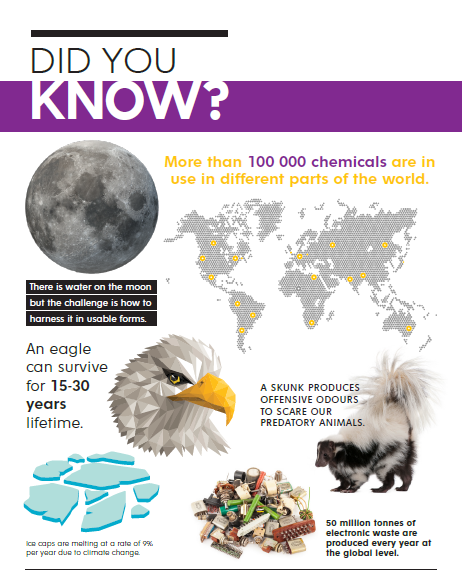One of the adverse impacts of climate change is how it affects children, and this tends to fly under the radar. Children do not contribute much towards climate change and yet they find themselves being the most vulnerable to its impact. So far, climate change has already devastated the future of children in many aspects. However, it would appear that the worst is still yet to come if projections on climate change are to go by. The impacts of climate change and its related shocks will be passed down from generation to generation, which will leave lasting impacts on the ability of children to survive, grow and flourish. Such a bleak prognosis is rather alarming considering that children are the future of the world.
It has been stated that almost all the 2.5 billion children on planet earth will witness and experience an environment which is 1.5°C warmer, and more than 90 % of children under 16 years will live and experience a 3°C warmer environment. Paradoxically, while today’s children have a higher life expectancy, better health and education than their predecessors, the oncoming impacts outweigh the achievements gained.
Rising seas, extreme weather events like tropical storms, floods, droughts and lower yields pose significant food security risks and water stress which are some of the impacts that children have to encounter as a result of climate change.
If adaptation measures fail, consequences can include increasing poverty and hunger, nutritional deficiencies, loss of cultural heritage and an increase in conflict. The climate change impacts on children will vary depending on their environment; where they live and their socio-economic status. However, what is clear is that they will nonetheless experience the impacts of climate change. For example, the ensuing humanitarian crisis after Cyclone Idai in Mozambique, had a direct impact on 1.5 million people of which 50 % were children. Those who were lucky to survive had lost a loved one. Hospitals, schools and homes were lost, which forced children to reside in temporary shelters, posing significant danger and risks towards their health and access to education.
In addition, empirical studies have also shown the adverse impacts of climate change on children globally. A study done by researchers at the University of Vermont on 107,000 children showed that increasing temperatures are an equal or greater threat to child malnutrition in comparison to poor education, inadequate sanitation and poverty. This study, done in 10 countries is one of the largest stories up to date which sought to establish a nexus between climate change and malnutrition in children. The researchers went back to three decades ago in examining the impacts of rainfall and temperature in children’s diet diversity. Beyond doubt, the results showed that climate change has invariably caused malnutrition. However, the most important finding was that increased temperatures are already having an observed impact on children in South America, Asia and Africa.
There is more evidence from other studies that increased temperatures are affecting the nutrition of children. Researchers have concentrated on diet diversity, a metric developed by the United Nations to measure micronutrient intake and diet quality. Micronutrients like Vitamin A and D, Zinc, Folic acid and Iron are integral for child development. A lack of micronutrients leads to malnutrition which affects one in three children below the age of five. On the other hand, diversity is measured by counting the number of food groups eaten over a given period of time. On average, children in the study had consumed food from 3.2 food groups (out of 10), including cereal greens, legumes, fish and meat in the last 24 hours. Compared to diet diversity in emerging economies like China, they have managed to double this average, standing at 6.8 from children below 6 years. This is more than enough evidence for the need to immediately take action on scaling up adaption interventions. More importantly, there is need for additional resources and support to enable that expanded programs can realise the same objective. This is informed by the fact that in interventions on food assistance which do not factor in the intricacy of food systems and the trickledown effect of climate change across the whole ecosystem will fall short.
The United Nations (UN) stated that 144 million children under the age of five experienced stunted growth in 2019, an of shot of chronic malnutrition. In the same year, around 47 million children under five years also suffered from acute undernutrition or wasting, a condition caused by infection and limited nutrition. On to climate change, the year 2020 was among the warmest years recorded in history and projections are that the world might exhaust its carbon emissions, at the current pace. For generations, parents have tried to leave behind a better world for their children. Parents have been fighting for rights be it social rights, access to education, free education, women`s rights, environmental rights and many aspects that would improve future generations. Today is the time for the older generations to act within the limits of global warming, 1.5°C in line with the Paris Agreement, which allows children to have the future they so much deserve.



